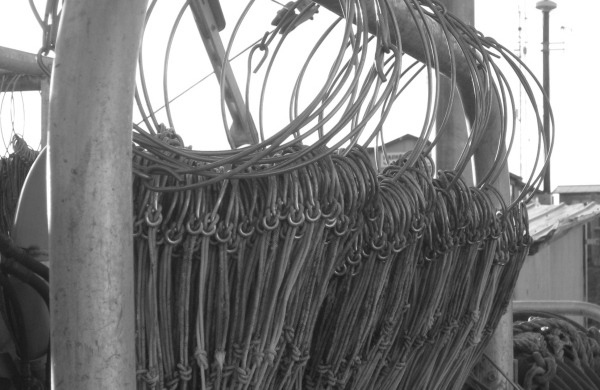Item Link: Access the Resource
Date of Publication: January 26, 2015
Year of Publication: 2015
Publisher: Nature Publishing Group
Author(s): M. S. Wisz, O. Broennimann, P. Grønkjær, P. R. Møller, S. M. Olsen, D. Swingedouw, R. B. Hedeholm, E. E. Nielsen, A. Guisan, L. Pellissier
Journal: Nature Climate Change
ABSTRACT: Throughout much of the Quaternary Period, inhospitable environmental conditions above the Arctic Circle have been a formidable barrier separating most marine organisms in the North Atlantic from those in the North Pacific1, 2. Rapid warming has begun to lift this barrier3, potentially facilitating the interchange of marine biota between the two seas4. Here, we forecast the potential northward progression of 515 fish species following climate change, and report the rate of potential species interchange between the Atlantic and the Pacific via the Northwest Passage and the Northeast Passage. For this, we projected niche-based models under climate change scenarios and simulated the spread of species through the passages when climatic conditions became suitable. Results reveal a complex range of responses during this century, and accelerated interchange after 2050. By 2100 up to 41 species could enter the Pacific and 44 species could enter the Atlantic, via one or both passages. Consistent with historical and recent biodiversity interchanges5,6, this exchange of fish species may trigger changes for biodiversity and food webs in the North Atlantic and North Pacific, with ecological and economic consequences to ecosystems that at present contribute 39% to global marine fish landings.
The views and opinions expressed through the MAHB Website are those of the contributing authors and do not necessarily reflect an official position of the MAHB. The MAHB aims to share a range of perspectives and welcomes the discussions that they prompt.
